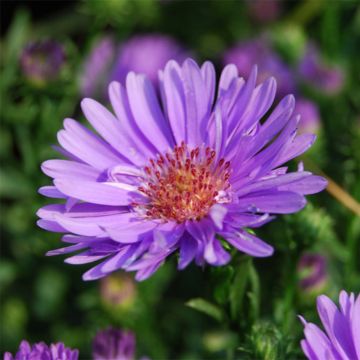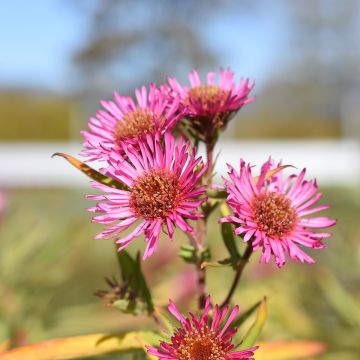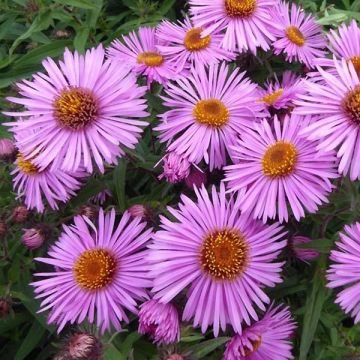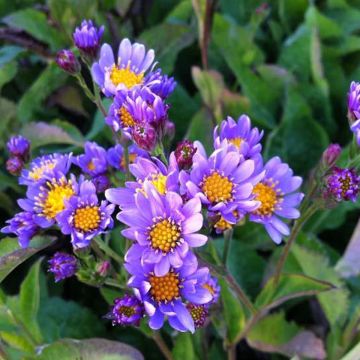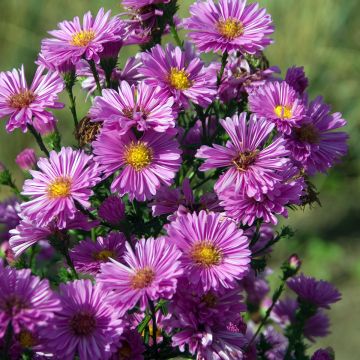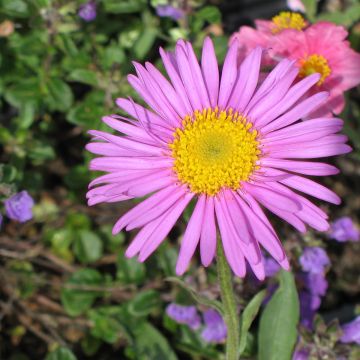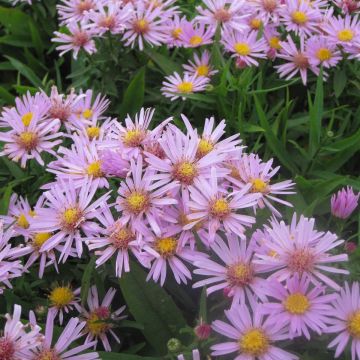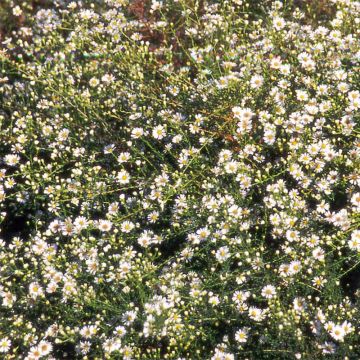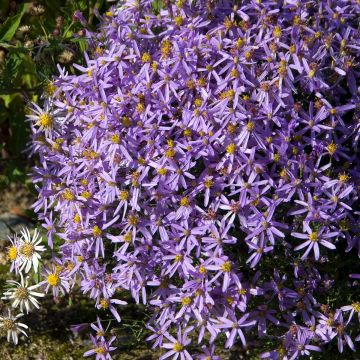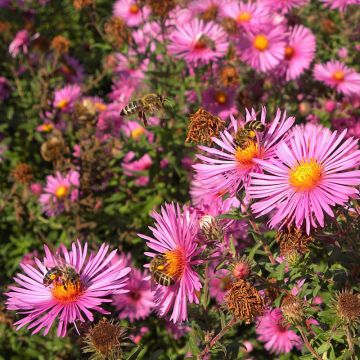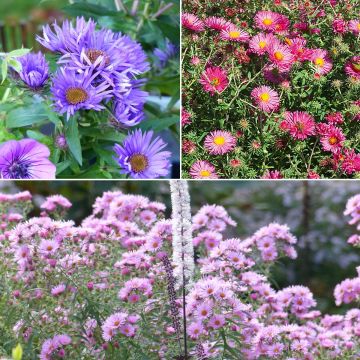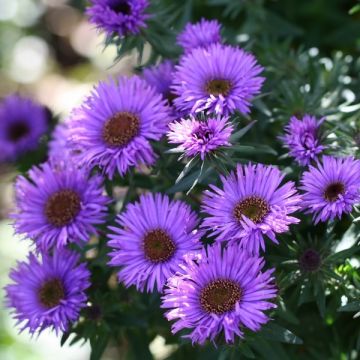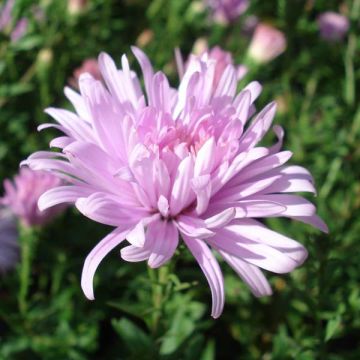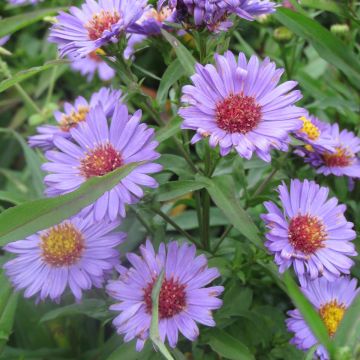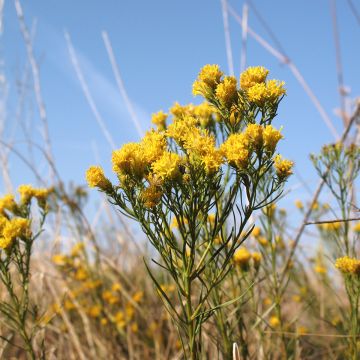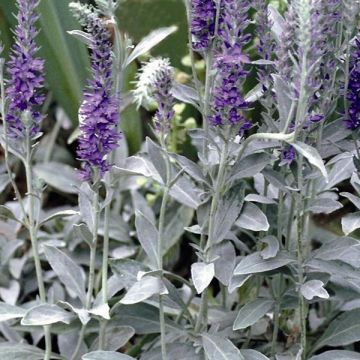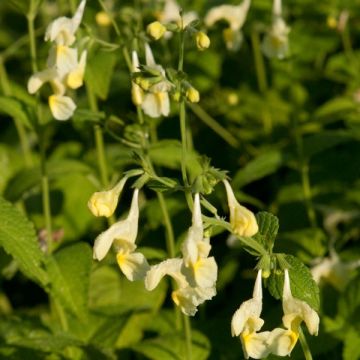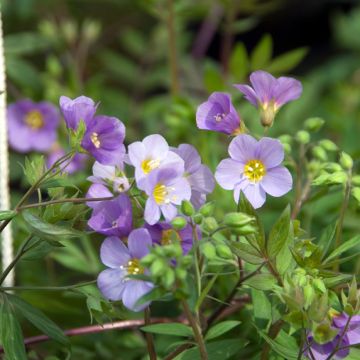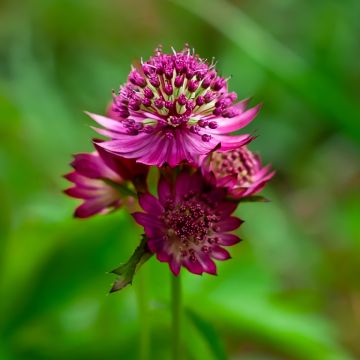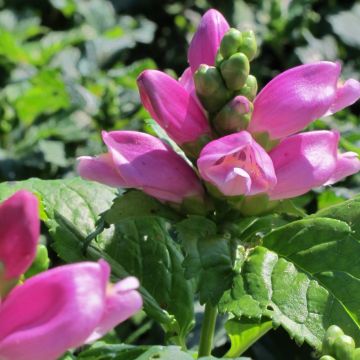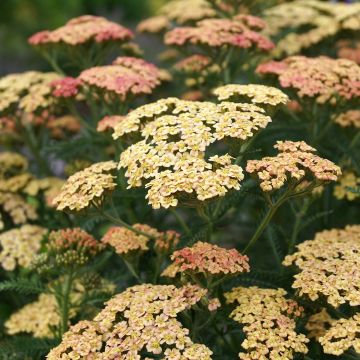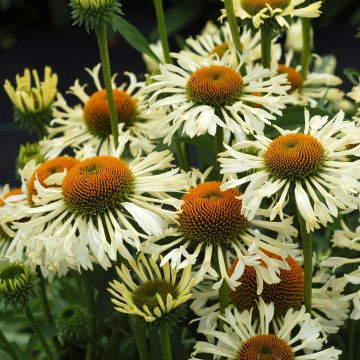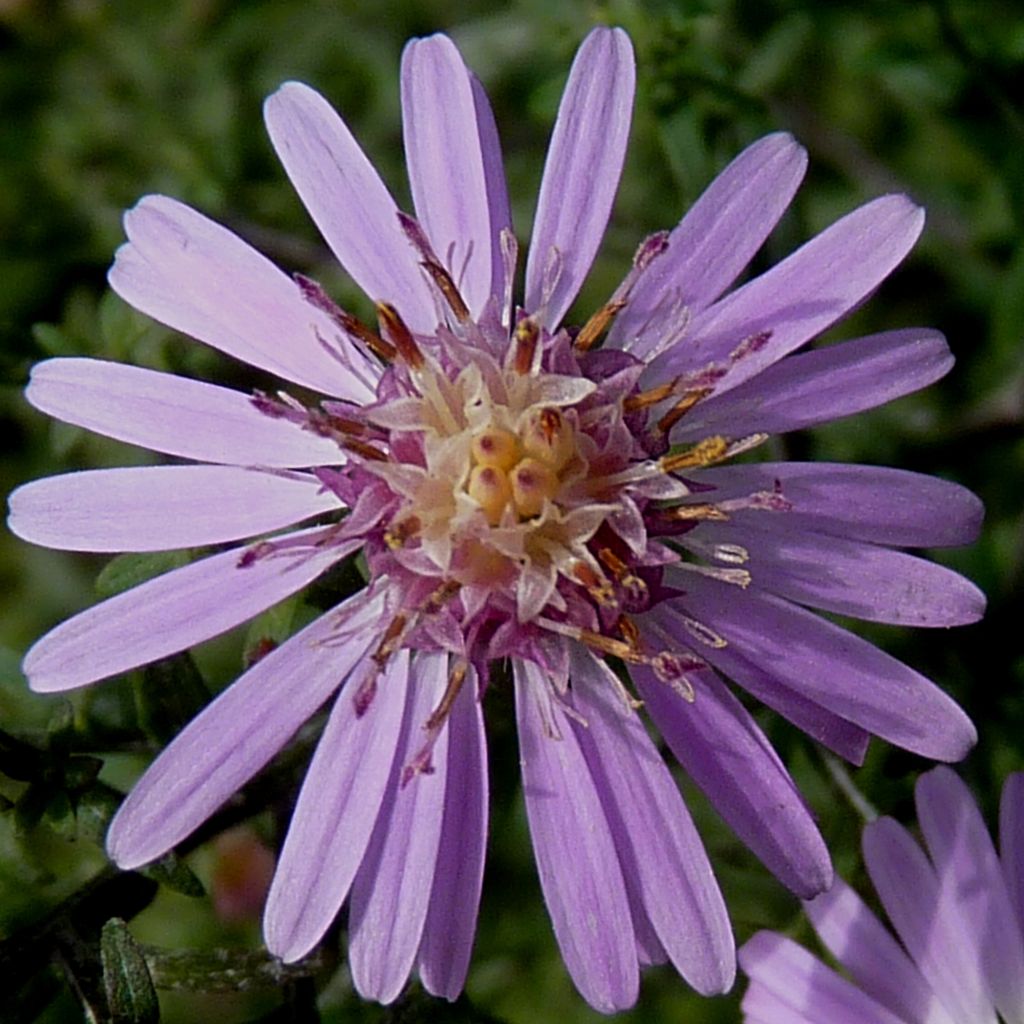

Aster lateriflorus Coombe Fishacre
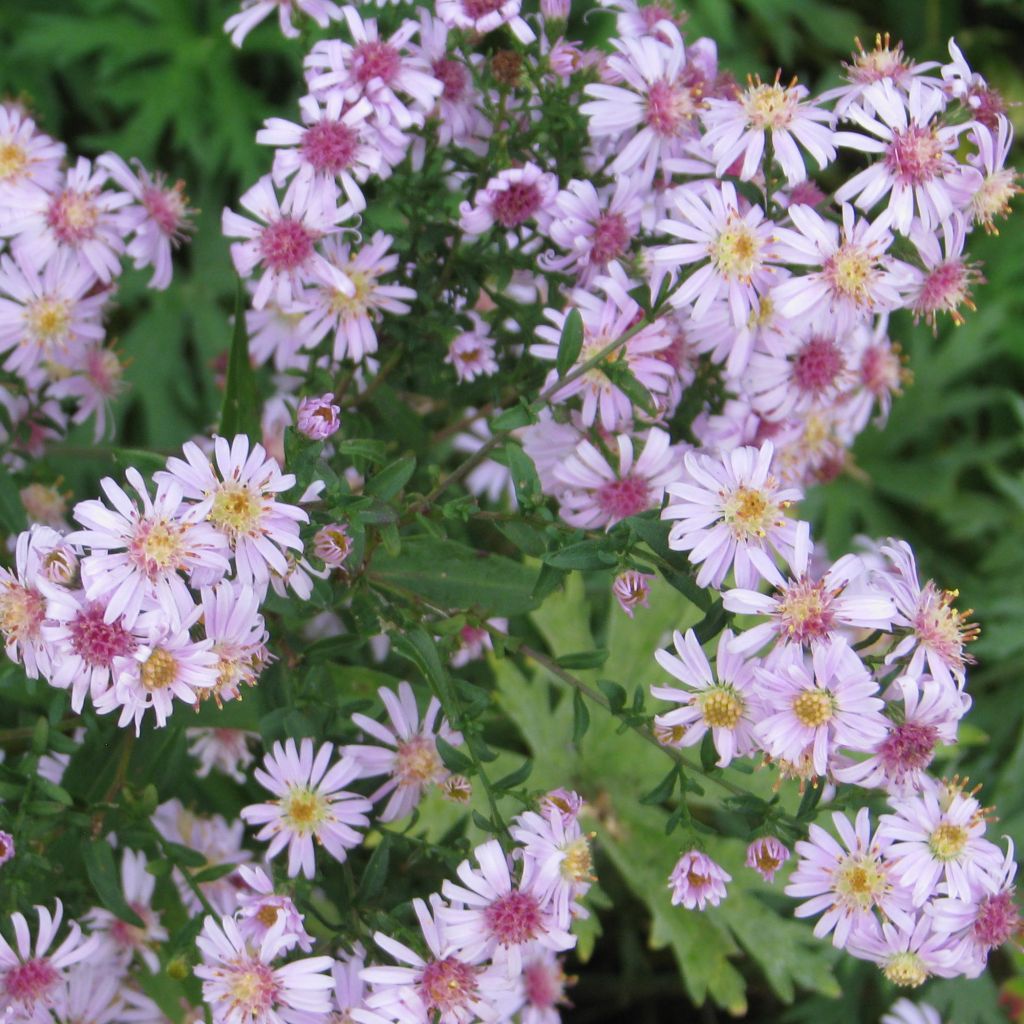

Aster lateriflorus Coombe Fishacre
Aster lateriflorus Coombe Fishacre
Aster lateriflorus Coombe Fishacre
Calico Aster, Starved Aster, White Woodland Aster
Why not try an alternative variety in stock?
View all →This plant carries a 12 months recovery warranty
More information
We guarantee the quality of our plants for a full growing cycle, and will replace at our expense any plant that fails to recover under normal climatic and planting conditions.
From €5.90 for pickup delivery and €6.90 for home delivery
Express home delivery from €8.90.

Does this plant fit my garden?
Set up your Plantfit profile →
Description
Aster lateriflorus 'Coombe Fishacre' is a charming autumn-flowering perennial. It is robust, very easy to grow, and practically never sick. Between August and October it blooms in a multitude of pink flower heads with purple hearts that resemble small daisies.
The variety 'Coombe Fishacre' is a large aster, 80 to 100 cm (32 to 40in) tall that brings life to the garden when most flowering perennials have disappeared. Its elongated leaves with smooth margins end in a point, with foliage of a beautiful dark green. The green stems have purplish hues. Highly resistant to diseases and frost, this aster adapts to any type of soil, as long as it does not experience stagnant moisture in winter.
It thrives in a sunny or lightly shaded spot, sheltered from strong winds, in a rich and moist soil.
Plant in the back of borders, paired with chrysanthemums and other late-flowering perennials such as echinaceas, helianthuses or heucheras that create an excellent contrast of warm colours, or grasses with fine foliage. The dark green foliage contrasts beautifully with the broader, waxy leaves of bergenias, which take on a beautiful bronze hue in autumn. These asters also make excellent cut flowers.
Asters belong to the family of Asteraceae or Compositae, which mostly includes herbaceous plants. The genus Aster offers a large number of species, represented by a multitude of floriferous varieties. There are asters of all sizes, in an extremely rich range of colours. There are species for each season, including Aster alpinus or Aster tongolensis in spring; summer asters such as Aster amellus or Aster frikartii; and Aster cordifolius, Aster dumosus, Aster ericoides, Aster lateriflorus, Aster novae-angliae, or Aster novi-belgii in the autumn.
Report an error about the product description
Aster lateriflorus Coombe Fishacre in pictures
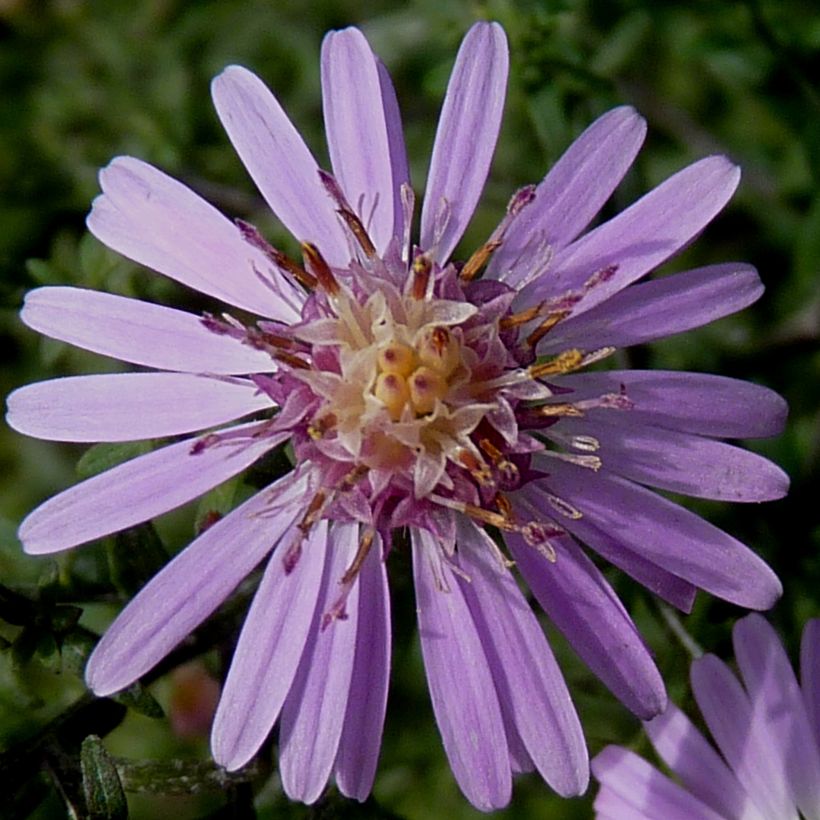

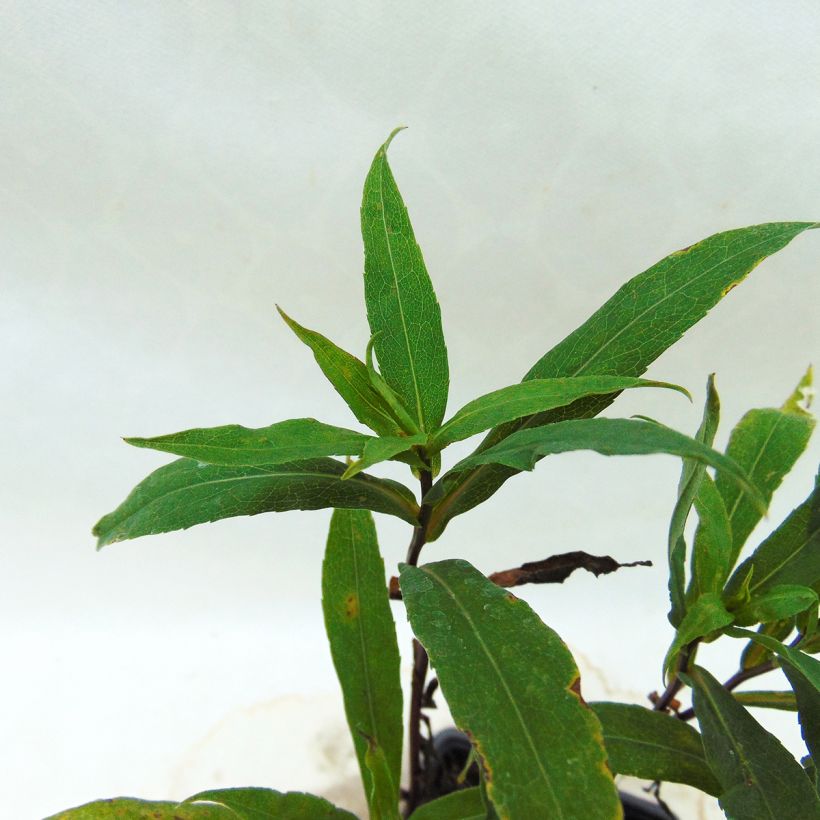

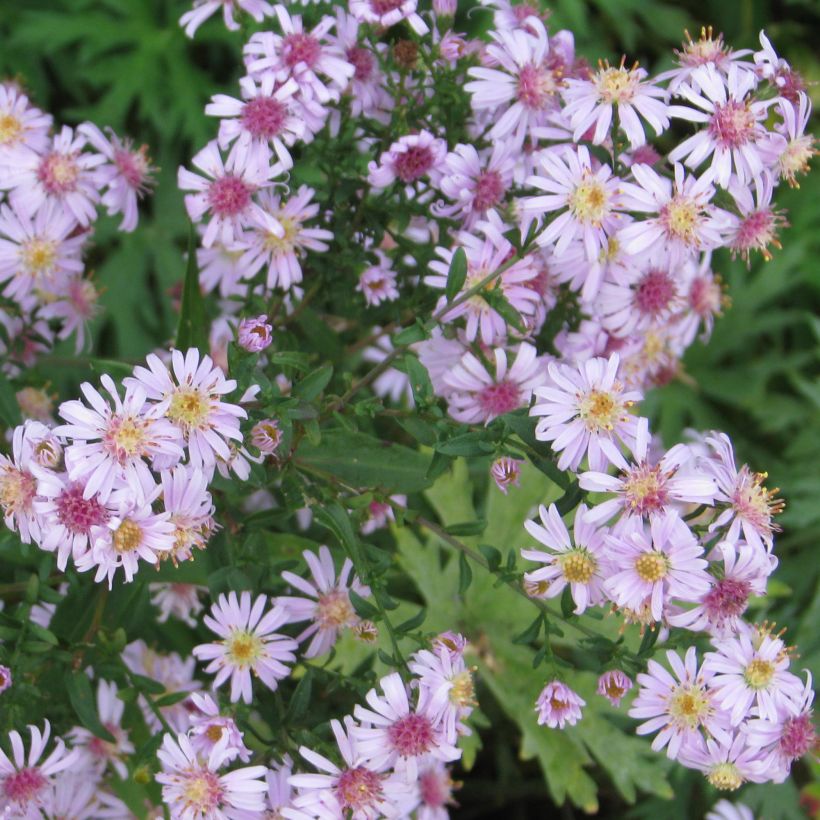

Flowering
Foliage
Plant habit
Botanical data
Aster
lateriflorus
Coombe Fishacre
Asteraceae
Calico Aster, Starved Aster, White Woodland Aster
Cultivar or hybrid
Other Asters
Planting and care
Plant your Aster laterifolius 'Coombe Fishacre' in autumn or spring in a regular, rich, and well-worked soil. This aster seems to tolerate difficult soils, even clayey ones. However, ensure good drainage by adding gravel to your garden soil in the bottom of the planting hole. In June, remember to mulch your flowerbeds to keep the feet of your perennials moist, which will improve their autumn flowering. You can pinch back asters in spring when the stems start to grow taller. Cut back the weakest stems so that the centre of the clump is less dense, and shorten the rest of the shoots by half. This operation will result in more staggered flowering and a more wind-resistant habit. Divide the clumps every three years to ensure they remain floriferous. Do not replant the divisions in the same spot, and give them a rich soil.
Planting period
Intended location
Care
-
, onOrder confirmed
Reply from on Promesse de fleurs
Cottage garden perennials
Haven't found what you were looking for?
Hardiness is the lowest winter temperature a plant can endure without suffering serious damage or even dying. However, hardiness is affected by location (a sheltered area, such as a patio), protection (winter cover) and soil type (hardiness is improved by well-drained soil).

Photo Sharing Terms & Conditions
In order to encourage gardeners to interact and share their experiences, Promesse de fleurs offers various media enabling content to be uploaded onto its Site - in particular via the ‘Photo sharing’ module.
The User agrees to refrain from:
- Posting any content that is illegal, prejudicial, insulting, racist, inciteful to hatred, revisionist, contrary to public decency, that infringes on privacy or on the privacy rights of third parties, in particular the publicity rights of persons and goods, intellectual property rights, or the right to privacy.
- Submitting content on behalf of a third party;
- Impersonate the identity of a third party and/or publish any personal information about a third party;
In general, the User undertakes to refrain from any unethical behaviour.
All Content (in particular text, comments, files, images, photos, videos, creative works, etc.), which may be subject to property or intellectual property rights, image or other private rights, shall remain the property of the User, subject to the limited rights granted by the terms of the licence granted by Promesse de fleurs as stated below. Users are at liberty to publish or not to publish such Content on the Site, notably via the ‘Photo Sharing’ facility, and accept that this Content shall be made public and freely accessible, notably on the Internet.
Users further acknowledge, undertake to have ,and guarantee that they hold all necessary rights and permissions to publish such material on the Site, in particular with regard to the legislation in force pertaining to any privacy, property, intellectual property, image, or contractual rights, or rights of any other nature. By publishing such Content on the Site, Users acknowledge accepting full liability as publishers of the Content within the meaning of the law, and grant Promesse de fleurs, free of charge, an inclusive, worldwide licence for the said Content for the entire duration of its publication, including all reproduction, representation, up/downloading, displaying, performing, transmission, and storage rights.
Users also grant permission for their name to be linked to the Content and accept that this link may not always be made available.
By engaging in posting material, Users consent to their Content becoming automatically accessible on the Internet, in particular on other sites and/or blogs and/or web pages of the Promesse de fleurs site, including in particular social pages and the Promesse de fleurs catalogue.
Users may secure the removal of entrusted content free of charge by issuing a simple request via our contact form.
The flowering period indicated on our website applies to countries and regions located in USDA zone 8 (France, the United Kingdom, Ireland, the Netherlands, etc.)
It will vary according to where you live:
- In zones 9 to 10 (Italy, Spain, Greece, etc.), flowering will occur about 2 to 4 weeks earlier.
- In zones 6 to 7 (Germany, Poland, Slovenia, and lower mountainous regions), flowering will be delayed by 2 to 3 weeks.
- In zone 5 (Central Europe, Scandinavia), blooming will be delayed by 3 to 5 weeks.
In temperate climates, pruning of spring-flowering shrubs (forsythia, spireas, etc.) should be done just after flowering.
Pruning of summer-flowering shrubs (Indian Lilac, Perovskia, etc.) can be done in winter or spring.
In cold regions as well as with frost-sensitive plants, avoid pruning too early when severe frosts may still occur.
The planting period indicated on our website applies to countries and regions located in USDA zone 8 (France, United Kingdom, Ireland, Netherlands).
It will vary according to where you live:
- In Mediterranean zones (Marseille, Madrid, Milan, etc.), autumn and winter are the best planting periods.
- In continental zones (Strasbourg, Munich, Vienna, etc.), delay planting by 2 to 3 weeks in spring and bring it forward by 2 to 4 weeks in autumn.
- In mountainous regions (the Alps, Pyrenees, Carpathians, etc.), it is best to plant in late spring (May-June) or late summer (August-September).
The harvesting period indicated on our website applies to countries and regions in USDA zone 8 (France, England, Ireland, the Netherlands).
In colder areas (Scandinavia, Poland, Austria...) fruit and vegetable harvests are likely to be delayed by 3-4 weeks.
In warmer areas (Italy, Spain, Greece, etc.), harvesting will probably take place earlier, depending on weather conditions.
The sowing periods indicated on our website apply to countries and regions within USDA Zone 8 (France, UK, Ireland, Netherlands).
In colder areas (Scandinavia, Poland, Austria...), delay any outdoor sowing by 3-4 weeks, or sow under glass.
In warmer climes (Italy, Spain, Greece, etc.), bring outdoor sowing forward by a few weeks.





































